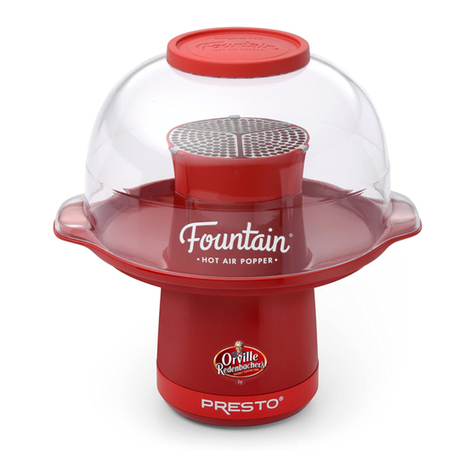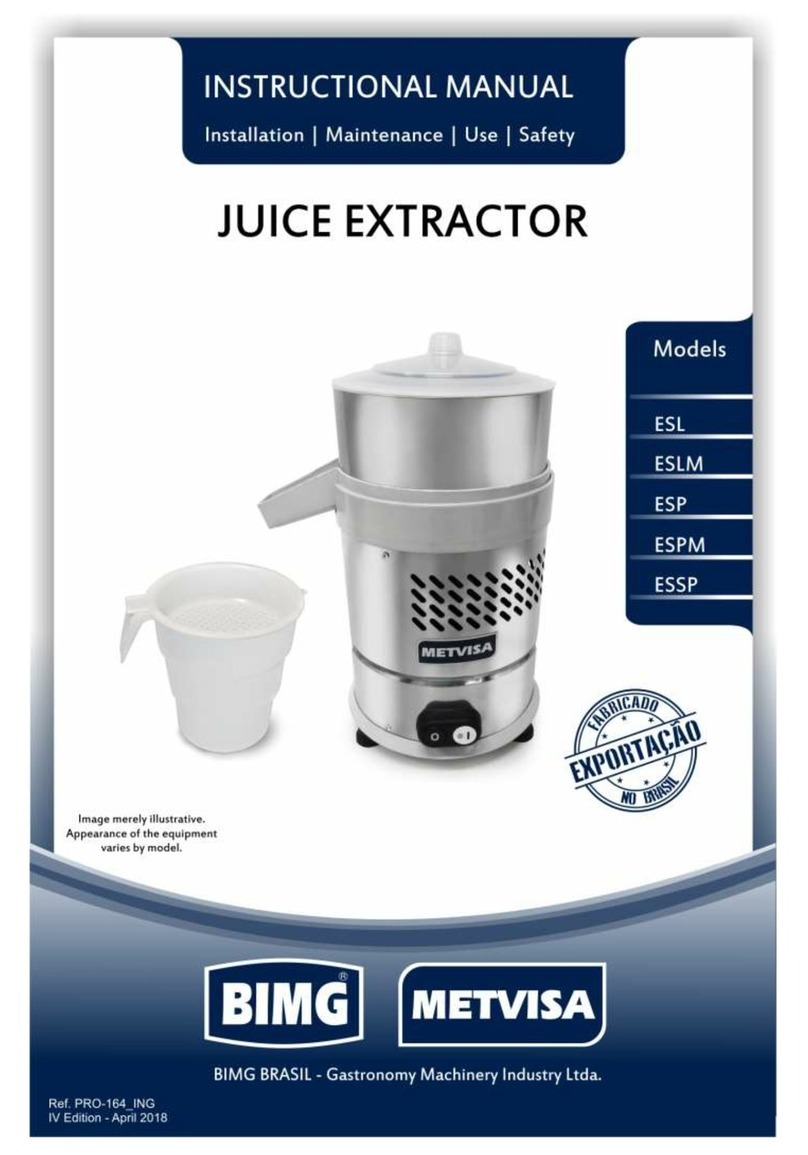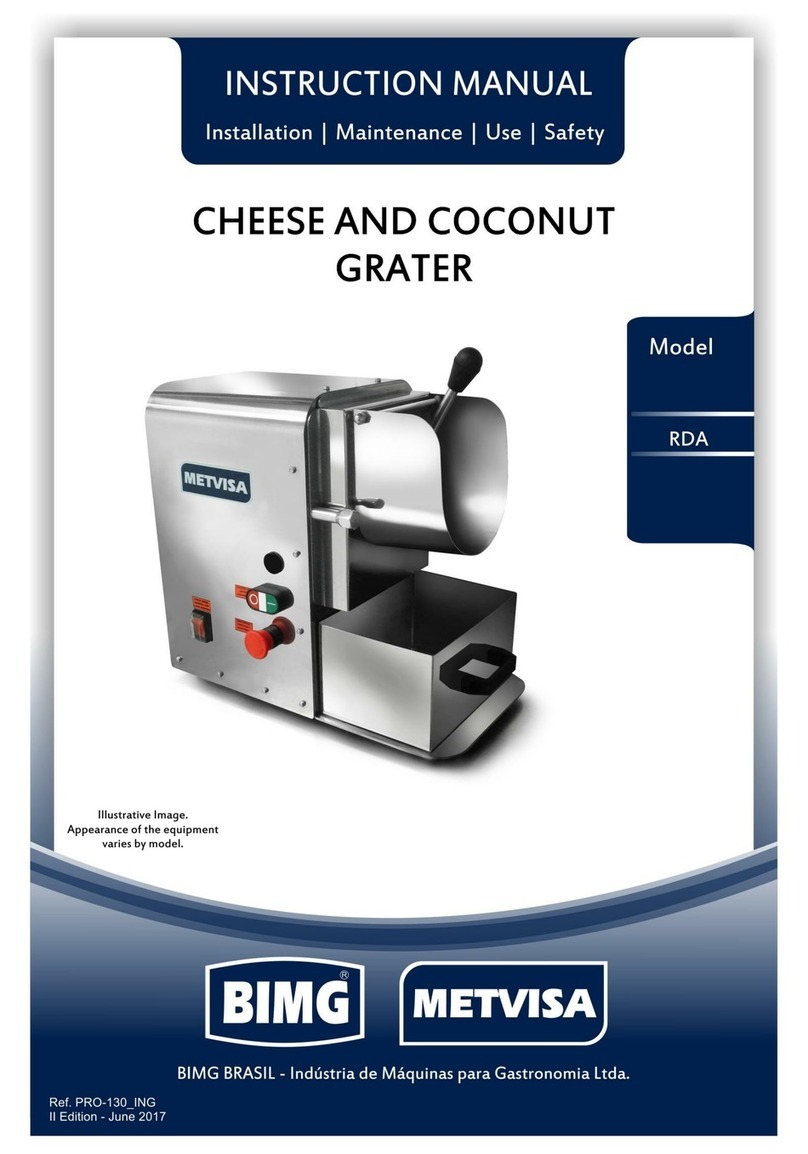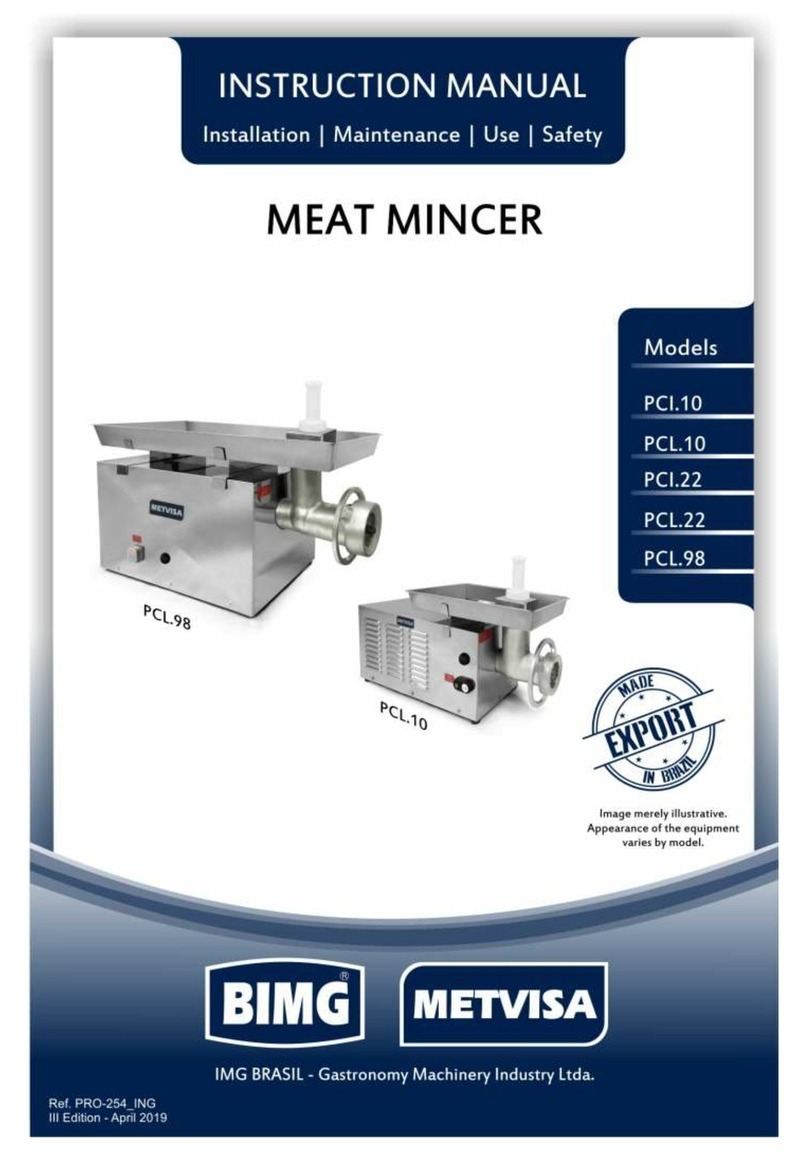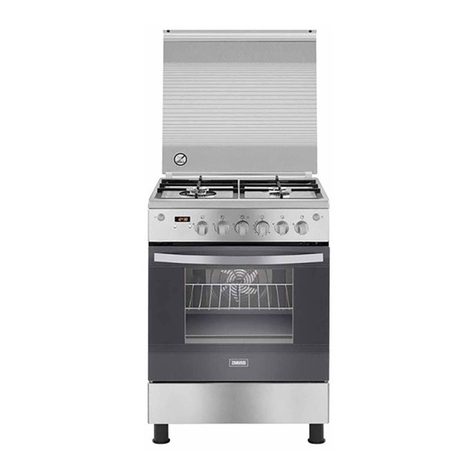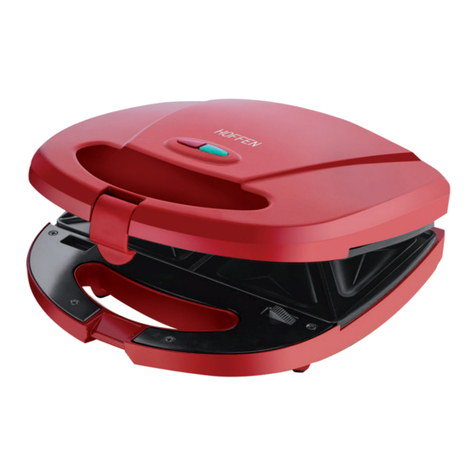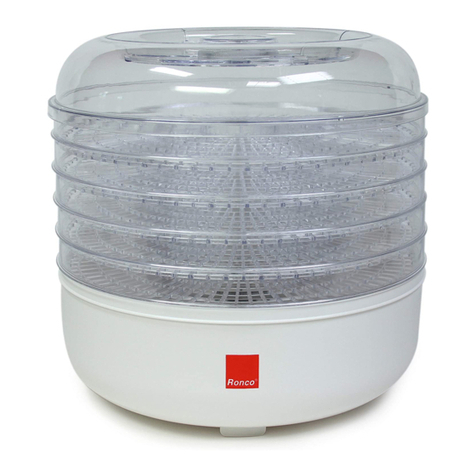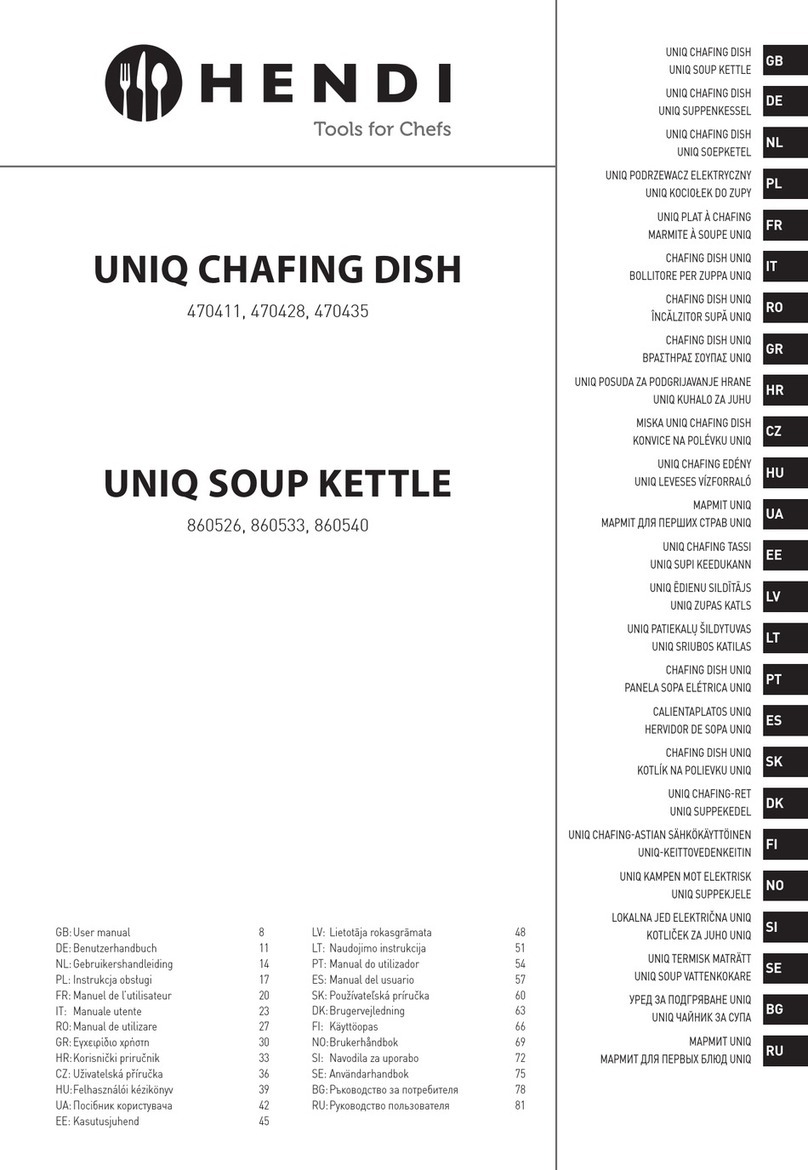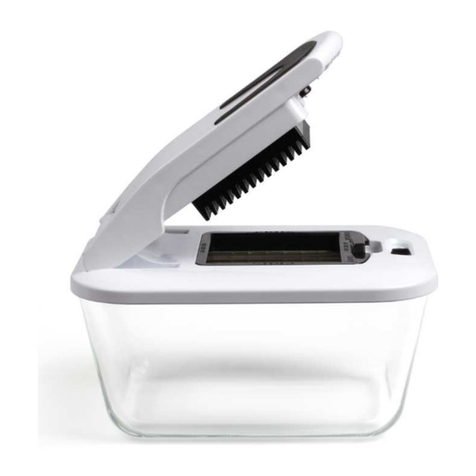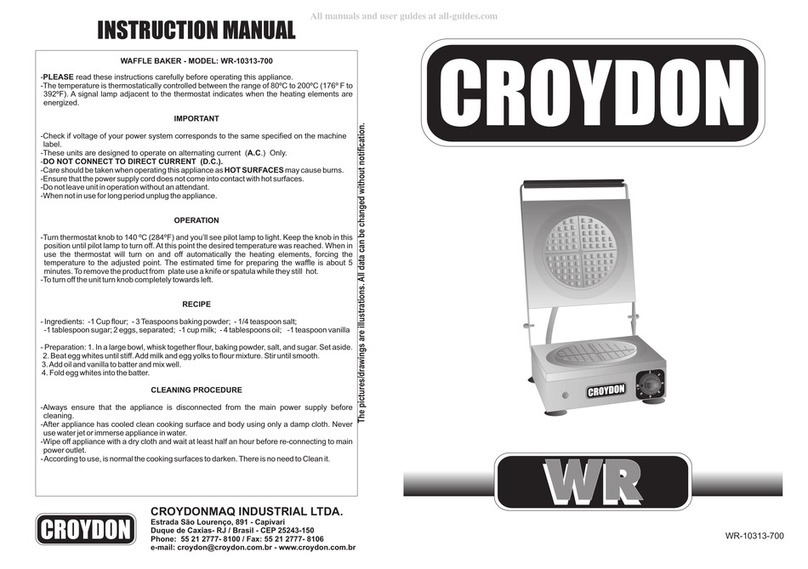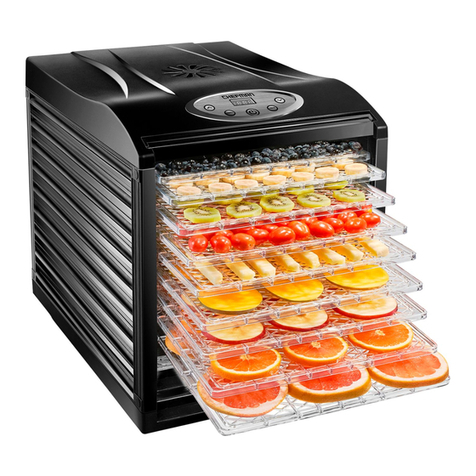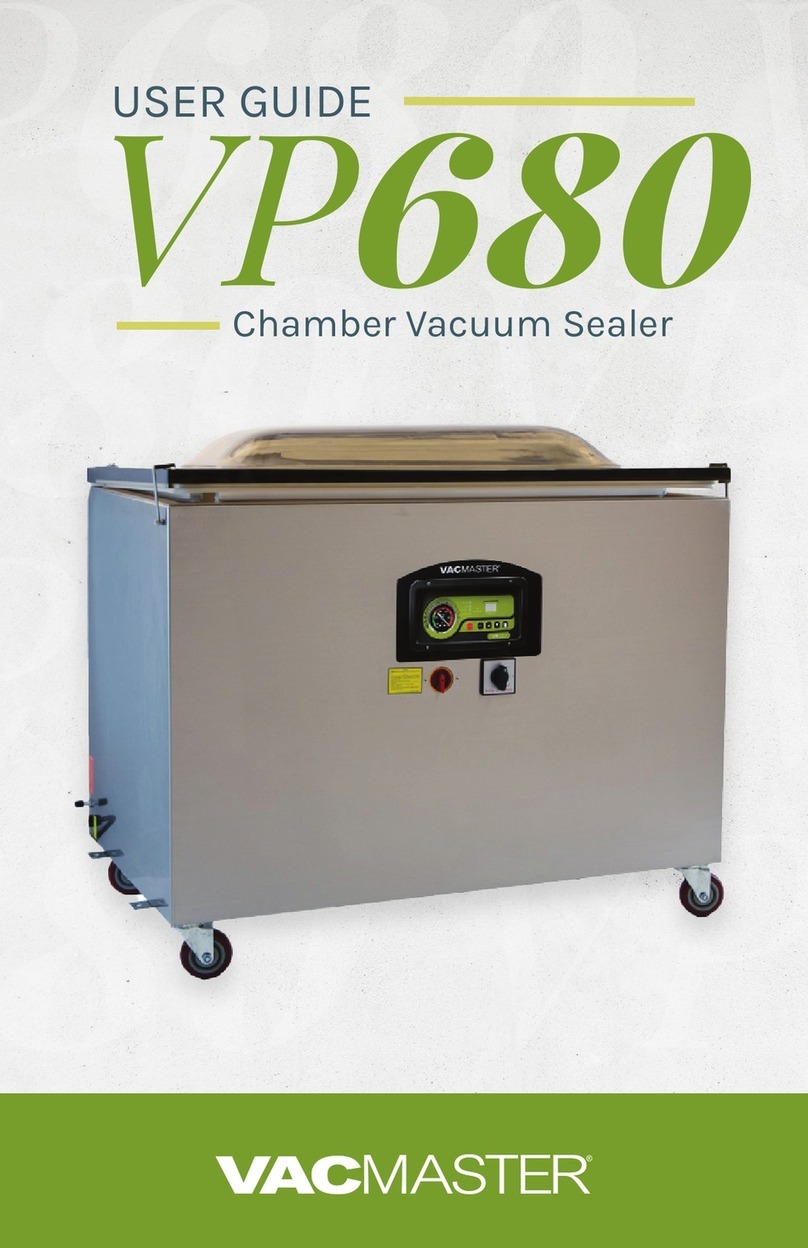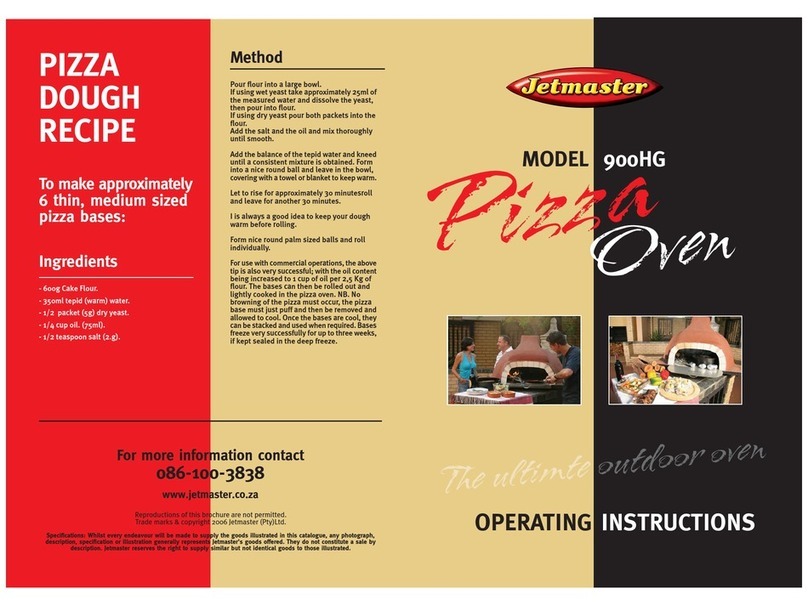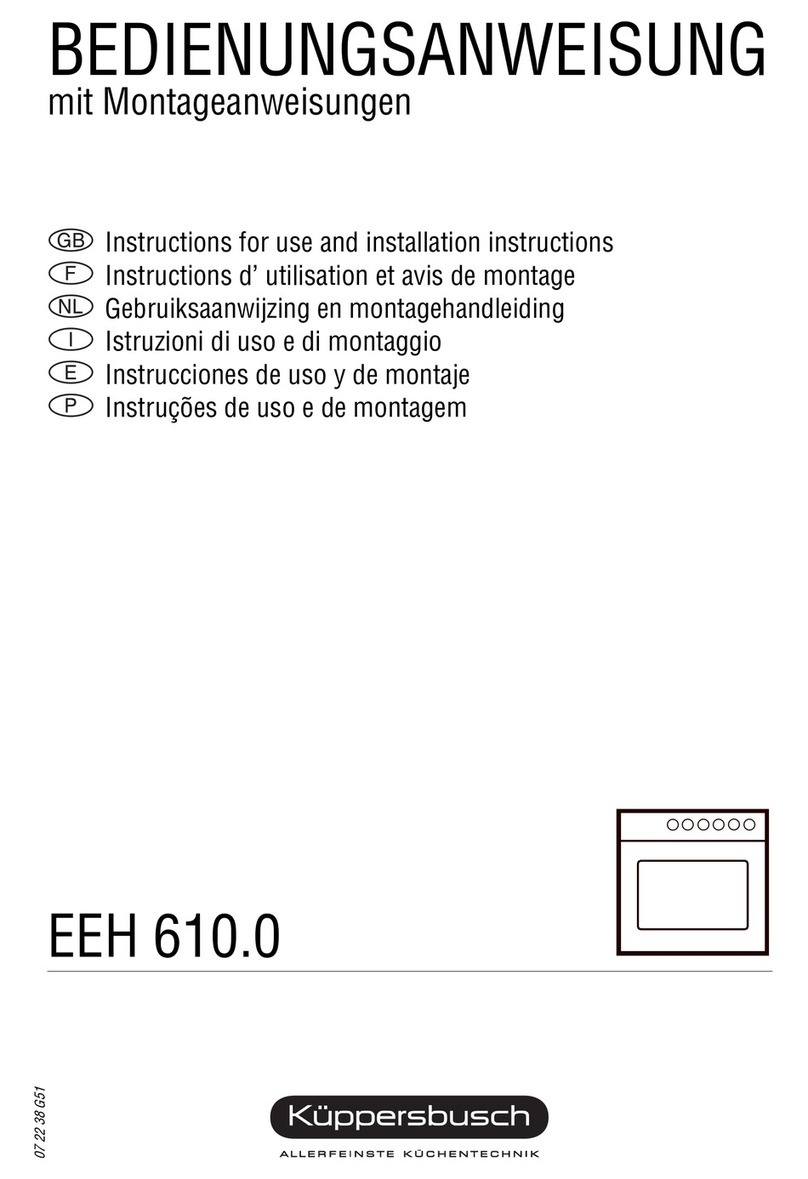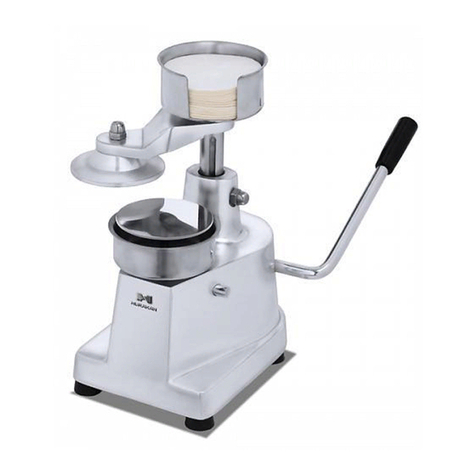3
INDEX
1. Safety Information......................................................................................................................... 4
1.1 General Warnings...................................................................................................................... 4
1.2 Mechanical Safety ..................................................................................................................... 5
1.3 Electrical Safety......................................................................................................................... 5
2. Technical Characteristics............................................................................................................. 6
2.1 Main Components...................................................................................................................... 6
2.2 Technical Data........................................................................................................................... 7
2.3 Supply and Disposal of Equipment Packaging........................................................................... 8
3. Installation..................................................................................................................................... 8
3.1 Machine Layout ......................................................................................................................... 8
3.2 Electrical Connection............................................................................................................... 10
3.3 LPG Gas Installation - Recommendations and Care................................................................ 12
3.4 Safety Procedures and User Instruction................................................................................... 14
4. Equipment Use............................................................................................................................ 15
4.1 Utility........................................................................................................................................ 15
4.2 Commands.............................................................................................................................. 15
4.3 Operating Procedures.............................................................................................................. 15
5. Cleaning and Maintenance ......................................................................................................... 19
5.1 Cleaning Procedures and Products Used................................................................................ 19
5.2 Breakdown Maintenance and Procedures................................................................................ 20
5.3 Prolonged Interruption in Use of the Equipment....................................................................... 21
6. Analysis and Troubleshooting................................................................................................... 21
6.1 Problems, possible causes and solutions ................................................................................ 21
7. Useful Life of the Device and its Components.......................................................................... 22
8. Applicable Standards.................................................................................................................. 22
9. ANEXXES..................................................................................................................................... 23
Electrical Schematic ...................................................................................................................... 23
Exploded View Drawing................................................................................................................. 24
Spare Parts List............................................................................................................................. 25
ATTENTION!
The characteristics, pictures and figures presented in this manual should be considered for
information. IMG BRASIL reserves the right to make such modifications as may be deemed
necessary without prior notice.




